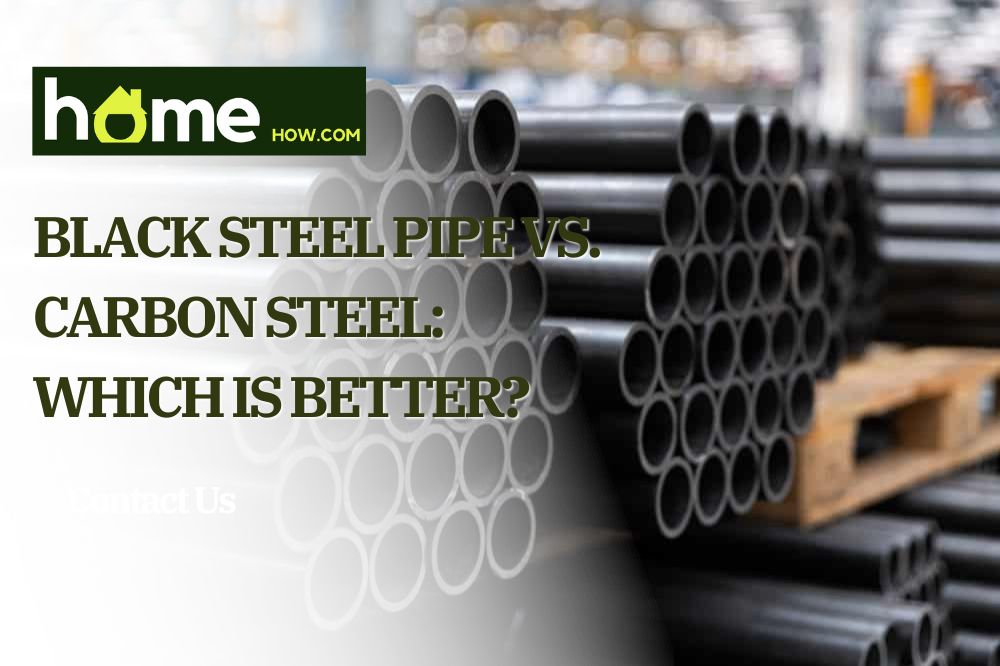Steel is the backbone of modern-day industry, with applications in nearly all sectors. What industry can you think of that does not require steel? It is an invaluable resource, thanks to its strength and durability. Due to the various applications of steel, its composition often varies to suit the specific needs of a given sector like construction or engineering.
With all the various compositions available, how do you choose the perfect type for your needs? Take black steel pipe vs. carbon steel, for example. It’s crucial to understand their properties to determine whether they suit your industrial plans. We’ll review some of the main properties and differences to help you make an informed decision.
What is Carbon Steel?
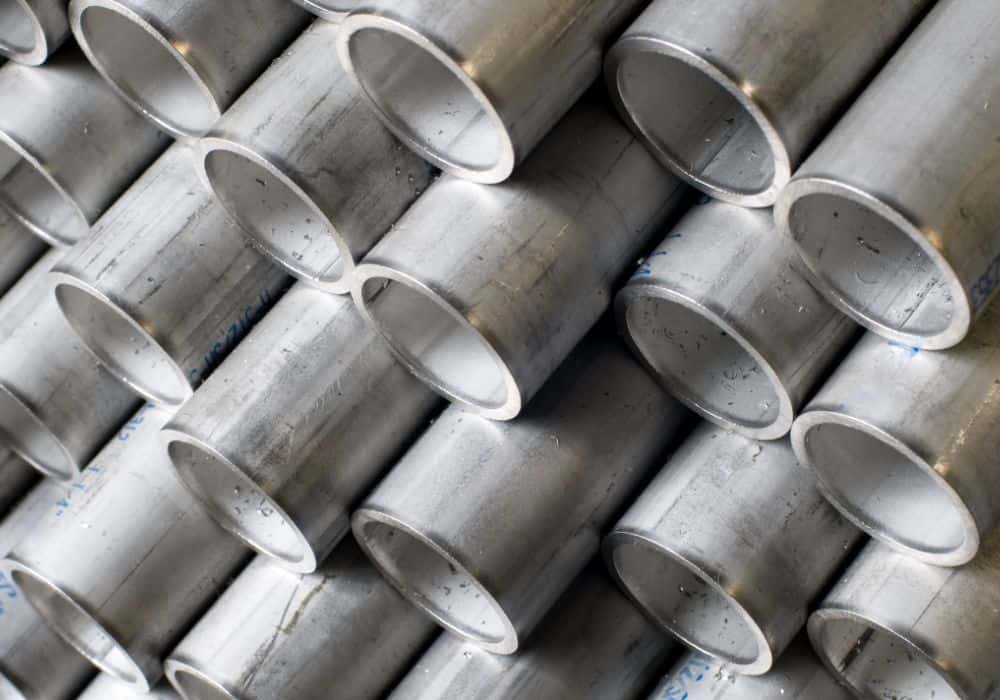
Carbon steel is a particular form of steel with carbon as its principal constituent. An increase in the carbon percentage results in an increase in the hardness of the steel and a decrease in its flexibility. While other steel alloys typically have a carbon content of about 0.05% to 0.3%, carbon steel has a carbon content of about 2.1% by weight.
Its high carbon content increases the strength of the alloy’s molecular structure, making it one of the best alloys for withstanding high pressures and stress. As such, carbon steel is often preferred as the material for railway tracks, construction materials, automobile parts, and other high-pressure and high-temperature applications.
Although carbon steel is strong due to its high carbon content, there’s also a downside. With increased strength and reduced ductility, the alloy becomes difficult to shape and mold. Additionally, carbon steel rusts and corrodes more quickly compared to other steel alloys, which necessitates the addition of a protective coating.
Carbon steel can be further categorized into three main types based on its carbon content:
Low Carbon Steel
Also known as mild steel, low-carbon steel has less carbon than the two other types. The amount usually ranges from 0.04% to 0.30% by weight. Components like aluminum are typically added to the alloy to enhance its steel properties.
Due to the low carbon content, it is more ductile and can easily be welded and turned into wires. As such, it has more applications compared to medium-carbon steel and high-carbon steel.
Medium Carbon Steel
With a carbon content of about 0.31%-0.60% by weight, medium carbon steel is stronger than low carbon steel. Medium carbon steel is also infused with manganese and strengthened with heat, which makes it difficult to weld or mold.
High Carbon Steel
This is the strongest type of carbon steel, with the highest amount of carbon content, ranging from 0.61% to 1.50% by weight. Its strength makes it the most durable of all three types, although it is the least ductile and most difficult to cut and weld.
Carbon steel has several use cases depending on the variety:
- Low carbon steel – construction of panels, gates, fences, wires, automobiles, etc.
- Medium carbon steel – construction material for rails, buildings, bridges, trucks, etc.
- High carbon steel – wiring, cutting tools, heavy-duty blades, etc.
What is Black Steel?
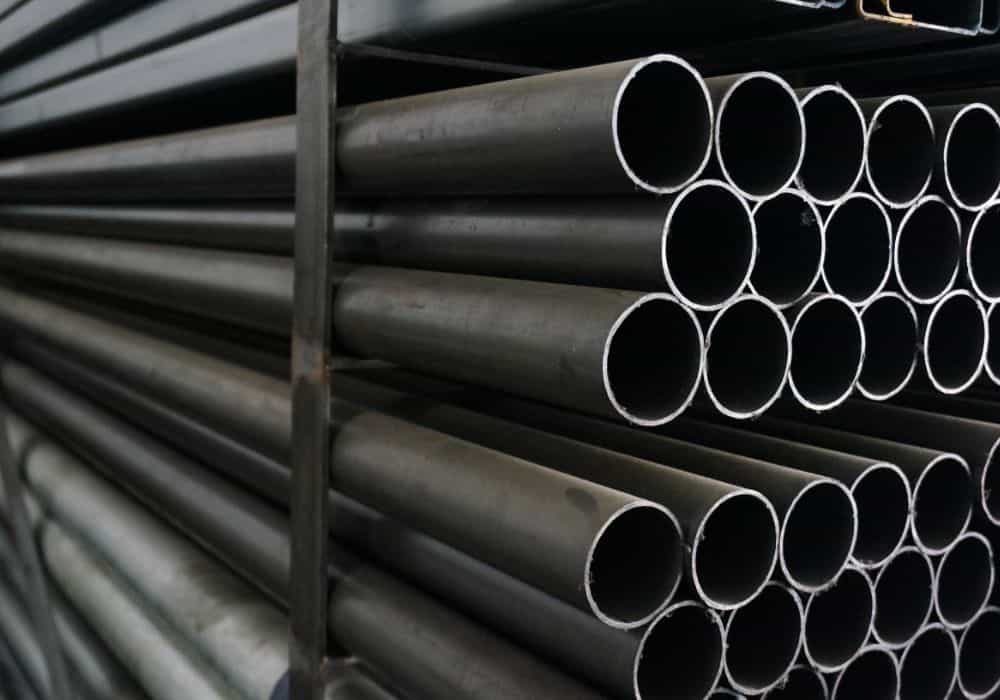
Black steel is a particular form of non-galvanized steel. Instead of undergoing galvanization for protection against corrosion, this type of steel goes through a chemical conversion process (blackening), which is used to create black iron oxide or magnetite. Its name comes from its appearance, a dark color surface due to the iron oxide coating.
The blackening process starts with applying a black oxide solution with oxidizing salts on the steel. The magnetite will usually develop within 15 to 45 minutes, depending on the temperature and type of treatment.
This reaction creates a resistance to wear and corrosion, but oil-based treatments are usually added post-treatment to strengthen the resistance further.
Its resistance to corrosion makes black steel a popular piping material. Black steel pipes are typically used for electrical wire protection, sewage delivery, and gas and water transportation. Black steel is suitable for all applications where galvanized steel is not a requirement.
Black steel pipes are more fire-resistant than galvanized pipes, which is why they are commonly used for gas transportation. Moreover, the high strength of the steel makes these pipes suitable for transporting water in rural areas.
Black steel pipes are durable and require little maintenance, which makes them suitable for:
- Natural gas delivery
- Water and fossil fuel transportation
- High-pressure steam transportation
- Electrical wire covers as conduits
Similarities Between Carbon Steel and Black Steel
The one significant similarity that holds true despite the many differences is that carbon steel and black steel are both, at their core, steel. They are chemically categorized as alloys of steel, as their primary composition is made up of iron with added carbon for strength.
As iron alloys, they are both susceptible to corrosion. As such, they require treatments like blackening and galvanization for protection.
Both alloys are hard, strong, and durable, which is why they are popular options for modern-day construction. They have specific applications ranging from engineering and automobiles to tools and kitchenware.
Differences Between Carbon Steel and Black Steel
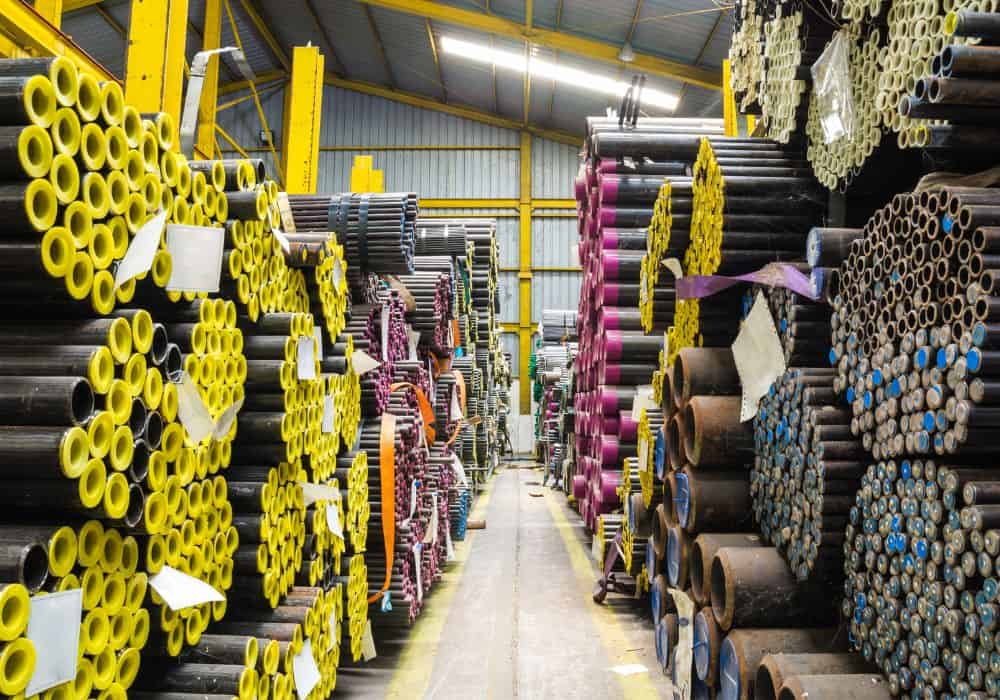
Having looked at the similarities, let’s dive into the differences between carbon steel and black steel to determine the most appropriate use cases.
1. Structural Composition
Carbon steel is primarily made up of carbon and iron. The amount of carbon will vary depending on the type of carbon steel, but it typically ranges from 0.2-3% by weight. Carbon steel has the least amount of chromium compared to other steel types.
Black steel has a far smaller amount of carbon than carbon steel, but carbon is still present as it is the main hardening element that makes steel. Black steel may also have strengthening elements like manganese and phosphorus and alloying elements like silicon and chromium. What makes steel black steel is the blackening process; so many types of steel can become black steel.
2. General Appearance
It’s very easy to tell black steel from carbon steel, as they have very different appearances. Carbon steel is rather unappealing, with a matte finish and uneven texture. As it is more susceptible to rust, it often shows discoloration and stains with time.
Black steel, on the contrary, has a very aesthetic appeal. It has a glossy, smooth finish that’s rust-resistant. This makes black steel very popular as a decorative finish for tables, chairs, railings, and more.
3. Steel Variety
Black steel can be made from various steel types, provided they undergo the blackening process. As such, many varieties of black steel exist, including black rebar, black stainless steel, and much more.
While black steel has different steel varieties, carbon steel types vary based on carbon content. Low-carbon steel is the weakest of the three types but the most ductile and malleable. High-carbon steel is the strongest and most durable but least malleable, and medium carbon strikes a balance between malleability and strength.
4. Corrosion Resistance
Carbon steel is more susceptible to corrosive agents like chlorine, bleach, and even atmospheric air when humidity is at 70 to 80 percent. As such, carbon steel pipes are not the best choice for transporting gas or water over long distances.
Black steel, on the other hand, has a very high resistance to corrosion and wear due to the magnetite on its surface and the oil-based treatments applied after the blackening process.
5. Physical Properties
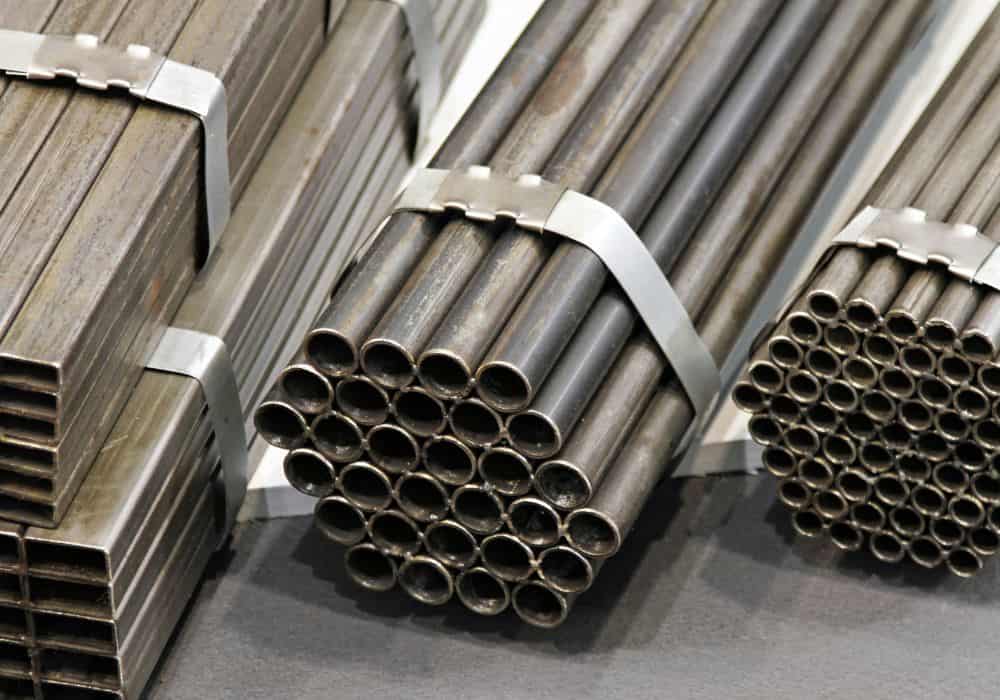
Carbon steel is characterized by extraordinary strength due to its high carbon content. As such, it can withstand higher pressures and higher temperatures than other steel alloys. However, this is at the expense of ductility and malleability. Carbon steel is very brittle and difficult to mold into wires.
Black steel is strong but weaker than carbon steel. The exact physical properties will depend on the type of steel being blackened, but black steel is generally more ductile and more weldable compared to carbon steel.
6. Treatment Method
As protection against corrosion, carbon steel undergoes galvanization, which is the process of coating a metal with a protective zinc layer. The layer of zinc offers a higher ability of corrosion protection. Zinc coating is a relatively expensive process, especially on a large scale.
Black steel does not need galvanization, as treatment begins in the blackening process. The oxidizing solution creates an oxide layer, or magnetite, to form on the surface of the steel. After blackening, an oil-based treatment is also applied to create a protective oil film that prevents the magnetite from corroding over time.
7. Cost
Black steel is generally cheaper than carbon steel, mainly because it does not undergo galvanization. Additionally, since galvanized fittings require regular maintenance, carbon steel pipes are more expensive in the long run.
Conclusion
Carbon steel and black steel are two popular alloys of steel. The main difference between the two is their structural composition. Carbon steel consists mainly of carbon and iron, whereas black steel can be made from any type of steel that undergoes the blackening process.
Carbon steel is stronger and more durable than black steel, making it more suitable for high-pressure applications. Black steel, on the other hand, is more ductile and more resistant to corrosion.
We believe we’ve covered a lot of helpful information about black steel and carbon steel. If you have any further questions, feel free to ask in the comments below, and we’ll get back to you.
